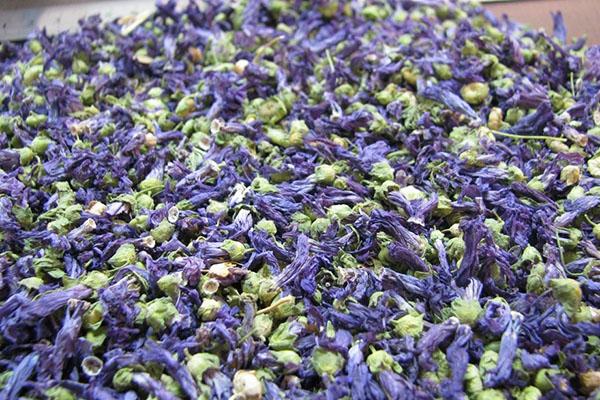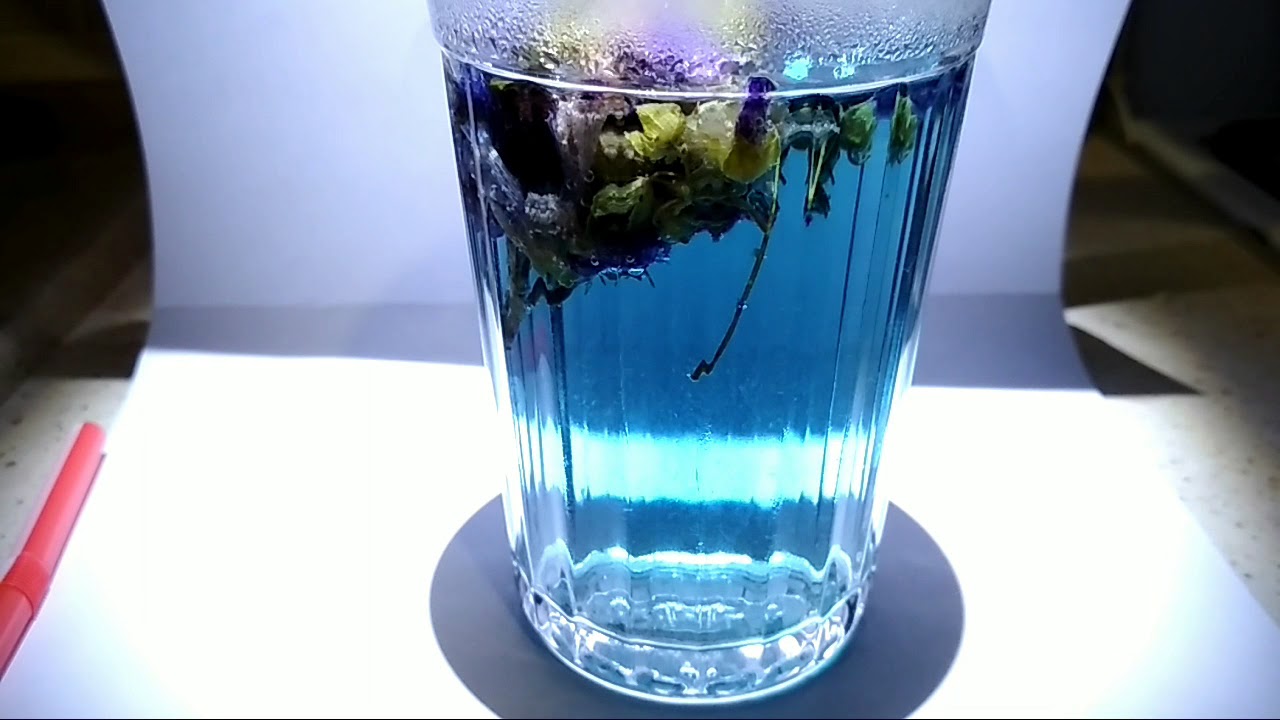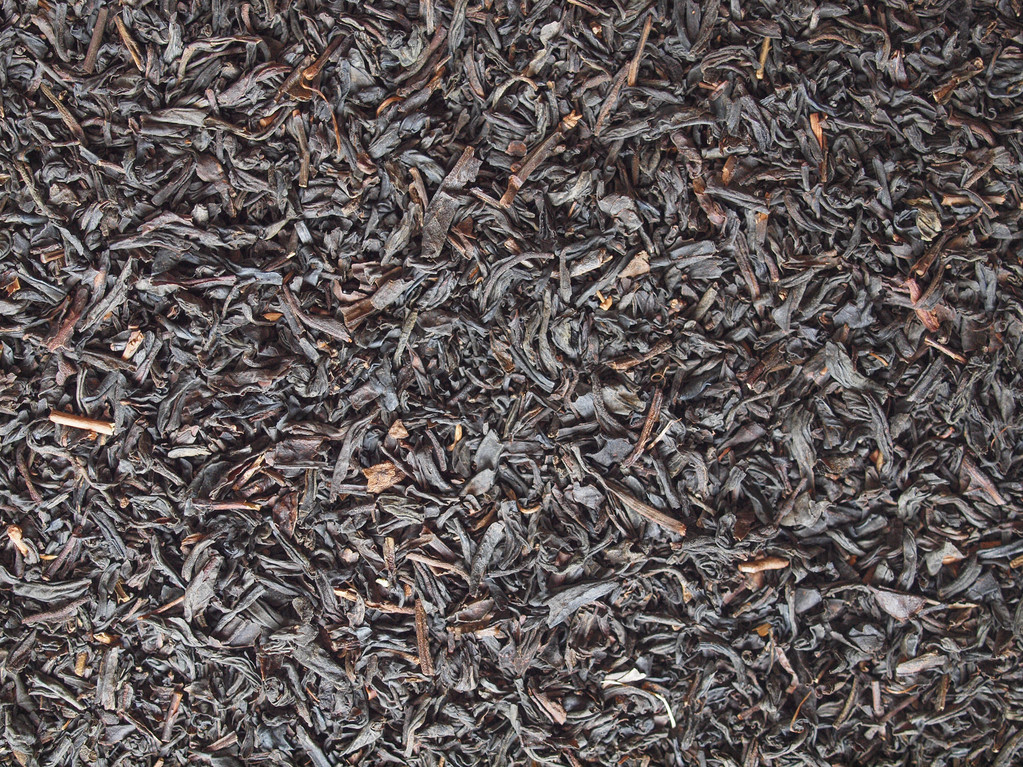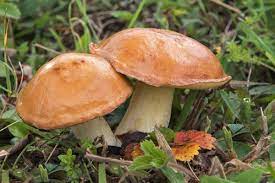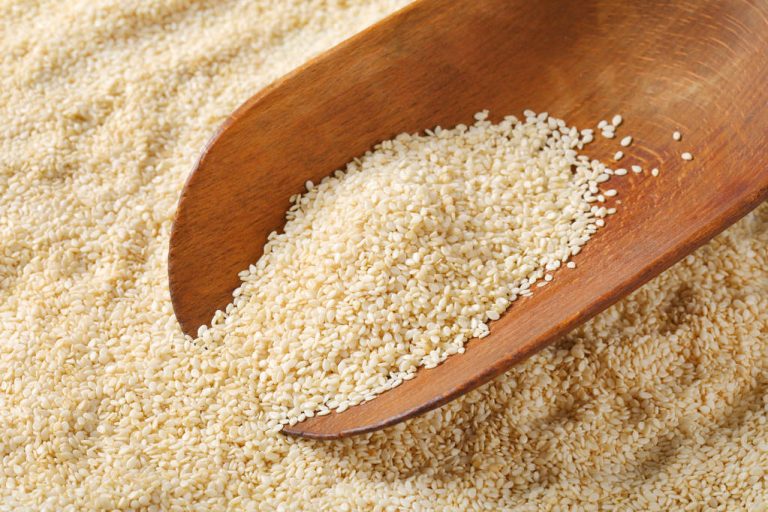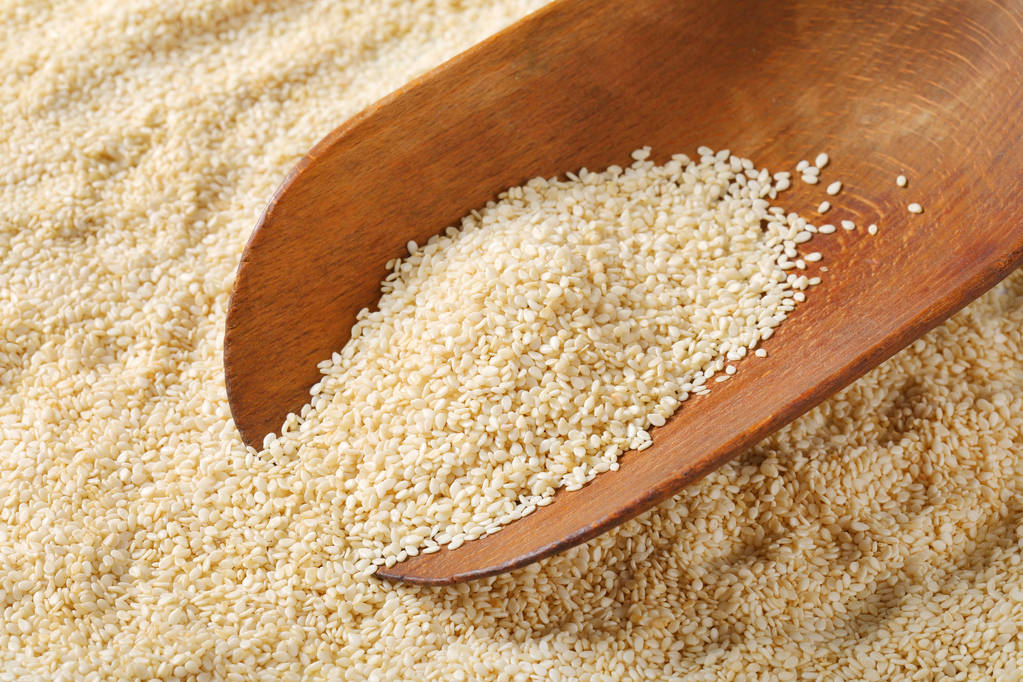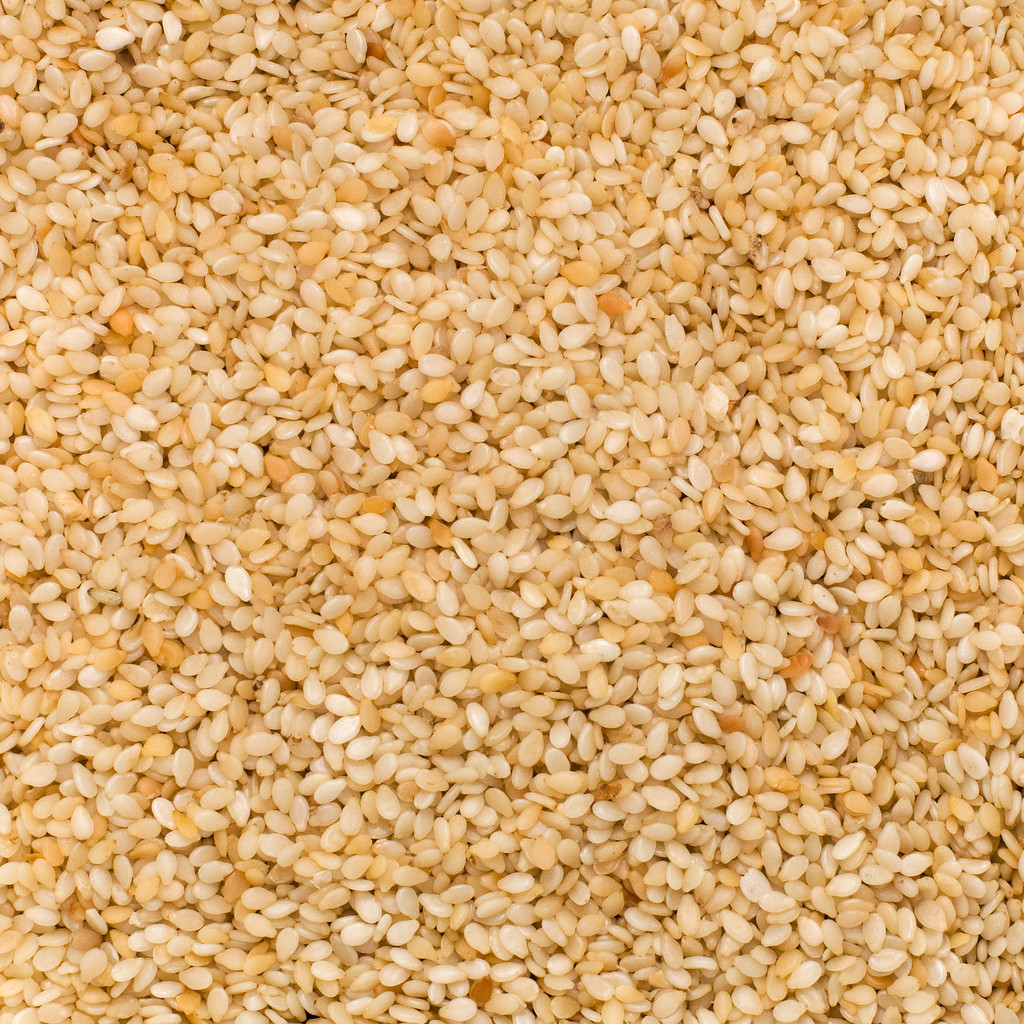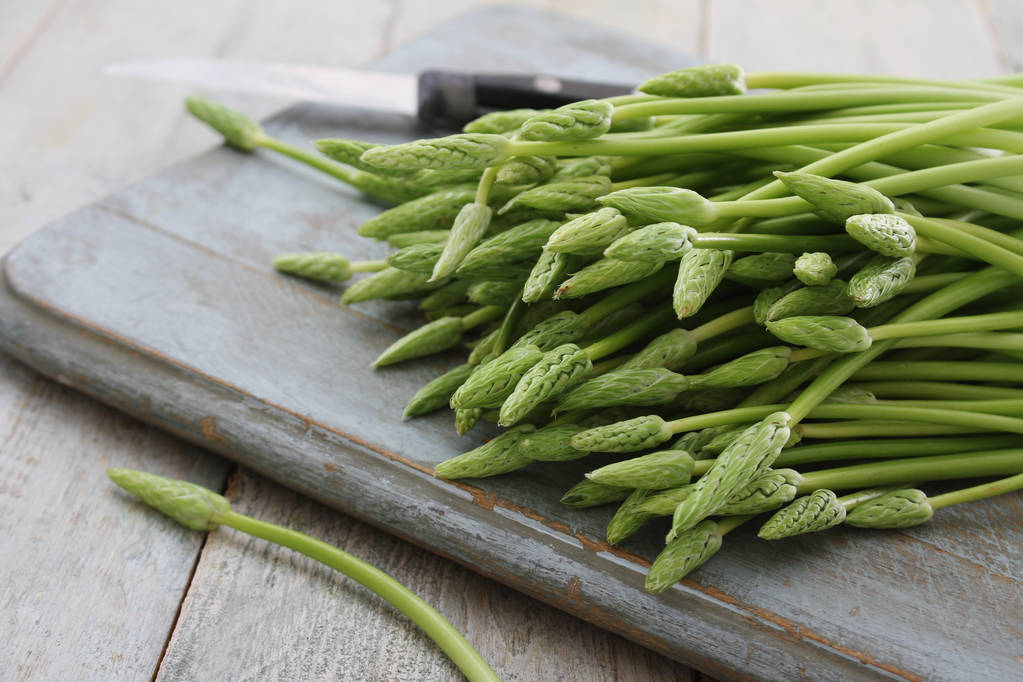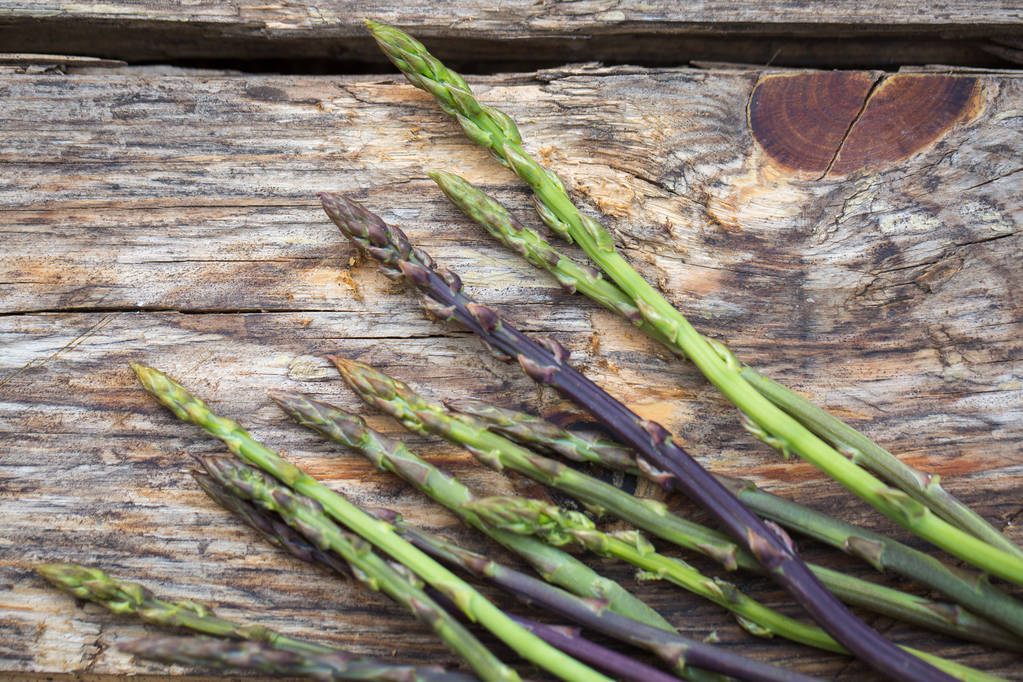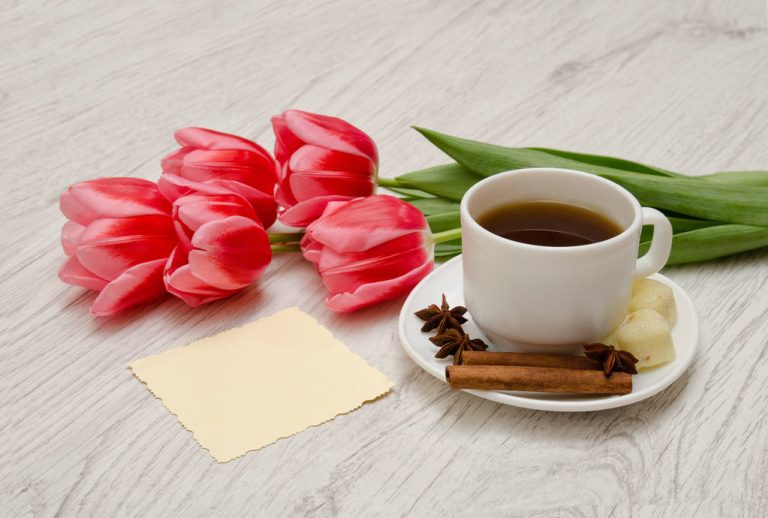The nutmeg is a large and impressive pumpkin. In this article you will learn more about the nutmeg pumpkin, valuable tips for the preparation as well as many different recipe ideas.
Nutmeg is also known as Muscade de Provence or Musk Squash. The artistically ribbed shell shines in the typical autumn colors from dark green to orange to light brown.
Nutmeg pumpkin contains many valuable ingredients:
potassium
calcium
zinc and
Vitamins of groups A, C, D and E.
The aromatic pulp of the nutmeg pumpkin gets its color from the high proportion of beta-carotene. Carotene is good for healthy skin, strong hair and eyesight.
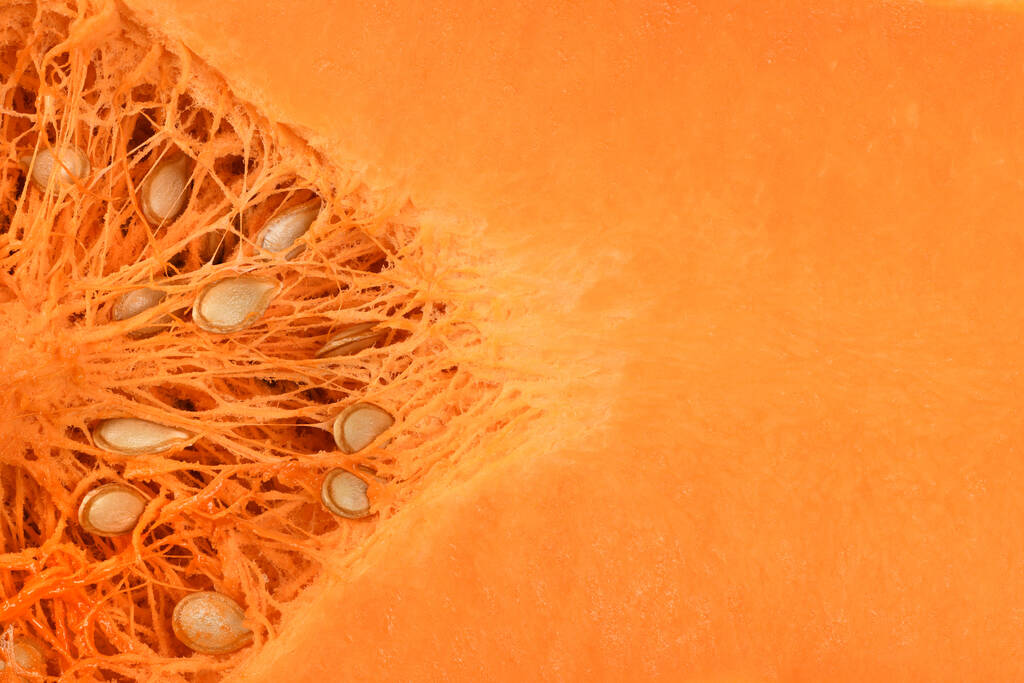
Nutmeg pumpkin – you should know that
The nutmeg squash belongs to the musk squash family and is closely related to the butternut squash. The flesh is orange-red and smells pleasantly spicy.
Nutmeg pumpkins have a diameter of up to 50 centimeters and can weigh up to 40 kilograms. The round, ribbed shape is striking. The skin is initially green and gradually turns light brown until fully ripe.
The nutmeg pumpkin originally comes from Central and South America. In Europe, he prefers warmer growing areas such as Italy or France. In Central Europe, the cultivation of nutmeg is not so productive due to the comparatively lower temperatures.
In Germany, the nutmeg pumpkin season begins in September. Nutmeg pumpkin tastes best when it is not yet fully ripe. You can tell by the color of the shell – it should still be dark green. The skin of fully ripe nutmeg squash turns orange to beige.
Ripe nutmeg has a soft skin and fewer seeds than most other types of squash. This creates less waste and you can process more pulp into delicious dishes.
Tip: If you tap the skin of the nutmeg with your knuckle, you should hear a hollow sound. Then the degree of maturity is optimal. If the squash sounds dull when you tap it, it has already started to spoil.
Tips for storing nutmeg squash
Whole nutmeg squashes remain edible for more than half a year when stored in a cool and dry place – for example in the cellar or in the cool pantry.
However, since the nutmeg pumpkin is very large and heavy, you will often find wedges that have been cut open and wrapped in plastic in the supermarket. Once cut, the nutmeg squash, which otherwise stores well, only stays fresh for three to four days in the refrigerator.
You can find unpackaged, organic nutmeg squash at local farmers’ markets and direct sellers. Buy locally grown nutmeg squash. Regional products have shorter transport routes behind them and are therefore better for the climate.
Attention: When buying, make sure that the skin of the nutmeg pumpkin is undamaged. Only then can it be stored longer.
Tip: extend the shelf life of cut nutmeg squash in the freezer. Freeze the diced nutmeg in batches. This allows you to prepare the pumpkin particularly quickly in the kitchen if necessary.
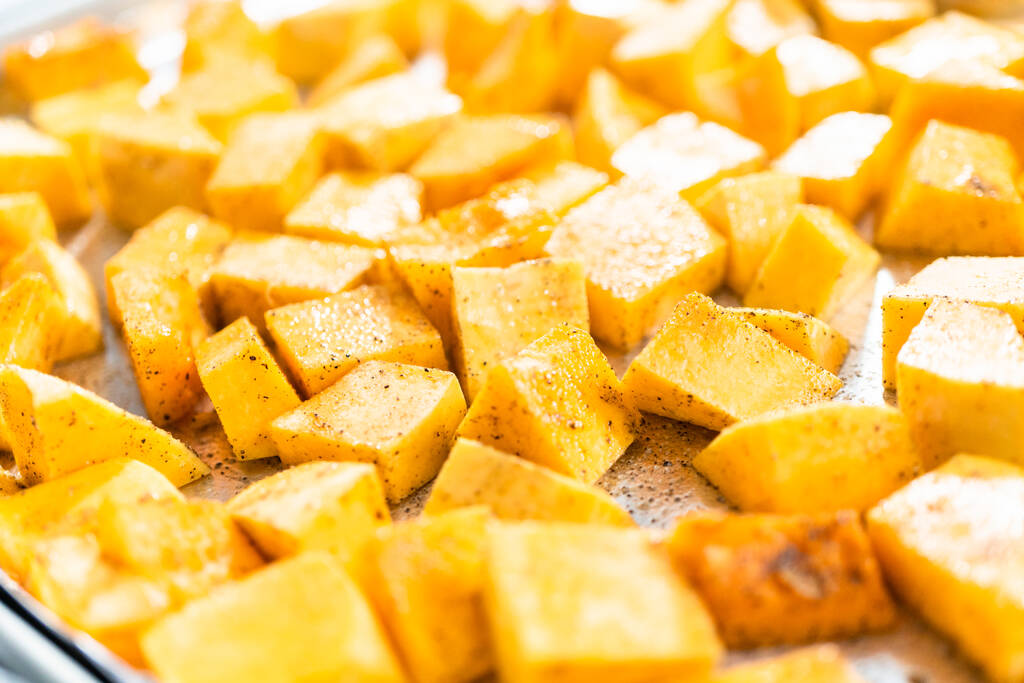
Peel nutmeg pumpkin: This is how it works
The skin of nutmeg is significantly thinner than that of many other types of pumpkin. However, you should peel the nutmeg squash, as the peel requires a significantly longer cooking time than the pumpkin flesh.
How to peel nutmeg pumpkin:
Use the indentations in the nutmeg squash and use a large knife to cut out wedges from the squash.
Remove the pips and the fibrous pulp around the pips with a spoon.
Using a sharp knife, thinly slice the skin off the pumpkin wedge.
You can then simply grate, slice or dice the pumpkin wedges as instructed in the recipe.
